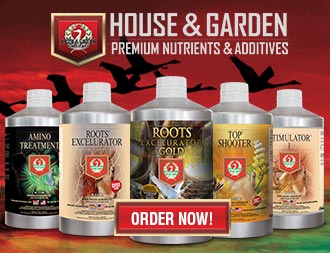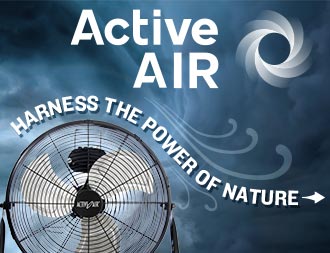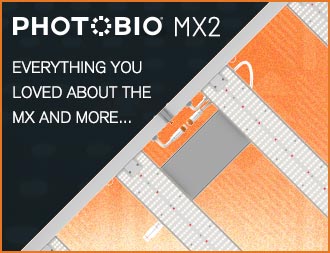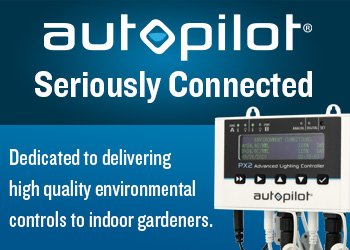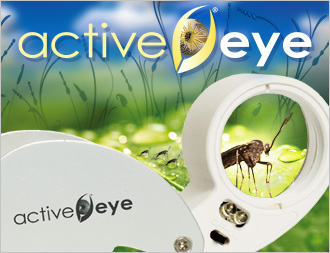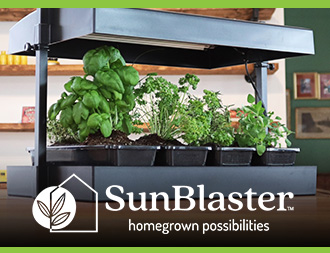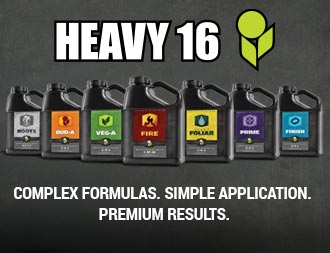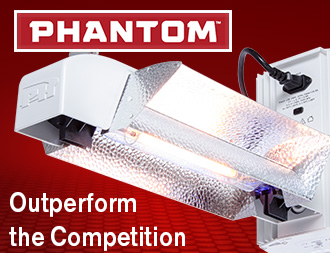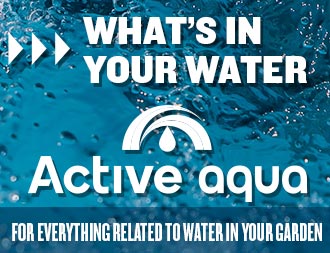One of the greatest challenges of indoor gardening is providing enough light. Loss of daylight during the darker short days of winter not only limits flowering and fruiting, but also has detrimental effects on the health and longevity of house plants. And that's assuming that you have a spare windowsill or two for potted plants. Even if your growing area consists of some shelves in a dark corner of a room, artificial lighting can come to the rescue.
Light is essential for photosynthesis, the process whereby green plants use light energy to convert water and carbon dioxide to sugar and other carbohydrates. Plants utilize these products for food and to regulate physiological processes. Without ample light, photosynthesis and other biological processes are reduced or cease entirely.
Three properties of light are important to consider when choosing a primary or supplementary lighting system: quality, duration and intensity.
Quality refers to the color of the light emitted by a light source. The sun radiates light in all the colors of the rainbow. Plants need most of their light from red and blue areas of the color spectrum. Flowering plants need orange/red light in particular.
Duration or photoperiodism, refers to the daily amount of light to which plants are exposed. Plants are classified as short-day or day-neutral, depending on the photoperiod that they require. Most plants need 14 to 16 hours daily.
Intensity refers to the amount of light available in a given area. This is measured in foot-candles (the light intensity of one candle at a distance of one foot). Of all the factors limiting photosynthesis, intensity is the most critical. Consider that outside on a sunny day, the light intensity is somewhere around 10,000 footcandles. The average indoor light level, on the other hand, is 50 to 150 footcandles.
Many different types of artificial light are available for indoor gardening. If you choose a light source that emits the full spectrum of light, your plants should thrive.
High Intensity Discharge (HID) Lamps
High intensity discharge (HID) lamps are the most effective and brightest lights available. These bulbs create light by passing electricity through a sealed glass or ceramic tube. The two most common HID lamps are the halide and sodium types.
Halide lamps are the most popular source of white light available for indoor gardening, providing the best light spectrum for all stages of plant growth. Not only is the light emitted from halide lamps comfortable to work around, but plants also appear most aesthetically pleasing when viewed under white light. The bulbs produce light up to six times more efficiently than incandescent light sources. They also have a long life expectancy and are available in a wide range of wattages.
Sodium lamps are the brightest of the high intensity discharge lamps. They provide more light from the orange/red area of the light spectrum, the range that stimulates flowering in plants. Because the light from these bulbs has an orange/red cast, you may want to use them in a unfrequented area or in a greenhouse. Sodium bulbs are also available in a wide range of wattages and typically last longer than halide bulbs.
Halide bulbs are recommended for situations in which there is little or natural light. Sodium lamps are best for supplementing natural light. A combination of a halide and a sodium bulb will not only increase light intensity but also provide a full spectrum of light enhanced in the red/orange range. Sodium conversion bulbs are available which can be interchanged with a halide bulb in a halide lighting system to boost flowering.
What wattage bulb do you need? This depends on the size of your growing area, the light needs of the plants you're growing and whether the artificial lighting will be the primary light source or a supplement to natural light. See "How Many Watts?" (below) for some general guidelines.
A light source will keep your plants productive only as long as the light intensity remains strong. It's a good idea to monitor light intensity periodically with an accurate light meter. When lamp intensity has decreased, replace the bulb. A good rule of thumb: both halide and sodium bulbs should be changed after 12 months of use.
Ballasts and Reflectors
Once you've chosen the kind of light source for a specific growing situation, it's time to consider the ballast, reflector and other components of the system. Be sure the lighting system passes Underwriters Laboratory (UL) standards. It should be recommended by UL as safe for use around water and in damp areas. It should also have a full-size junction box for wire connections, and 600-volt wiring from the lamp to the ballast.
The ballast (the power unit that regulates the flow of electricity) should be horizontally oriented. It will run 25 percent cooler and last longer than a vertically oriented ballast. A heavy-duty 14/3 grounded power cord is highly recommended for all systems. Most light systems are designed to run off standard household electrical currents.
Reflectors should be painted white to increase light efficiency. Plain, polished aluminum does not reflect evenly, creating hot spots in your growing area. A double parabola reflector design ensures that all the light from the lamp is directed toward the plants.
Previously, many kinds of artificial lights were available for indoor use. However, many of them have been proved unacceptable. Armed with the information above, you should be able to grow healthy house plants even if you don't have an abundance of natural light.
HOW MANY WATTS?
| Lamp Type | Wattage | Growth Area (SQ. FT.) | |
| Halide | 175 | 9 | |
| 250 | 12 | ||
| 400 | 25 | ||
| 1,000 | 64 | ||
| Sodium | 150 | 9 | |
| 250 | 12 | ||
| 400 | 25 | ||
| 1,000 | 64 | ||
Reprinted by permission.

